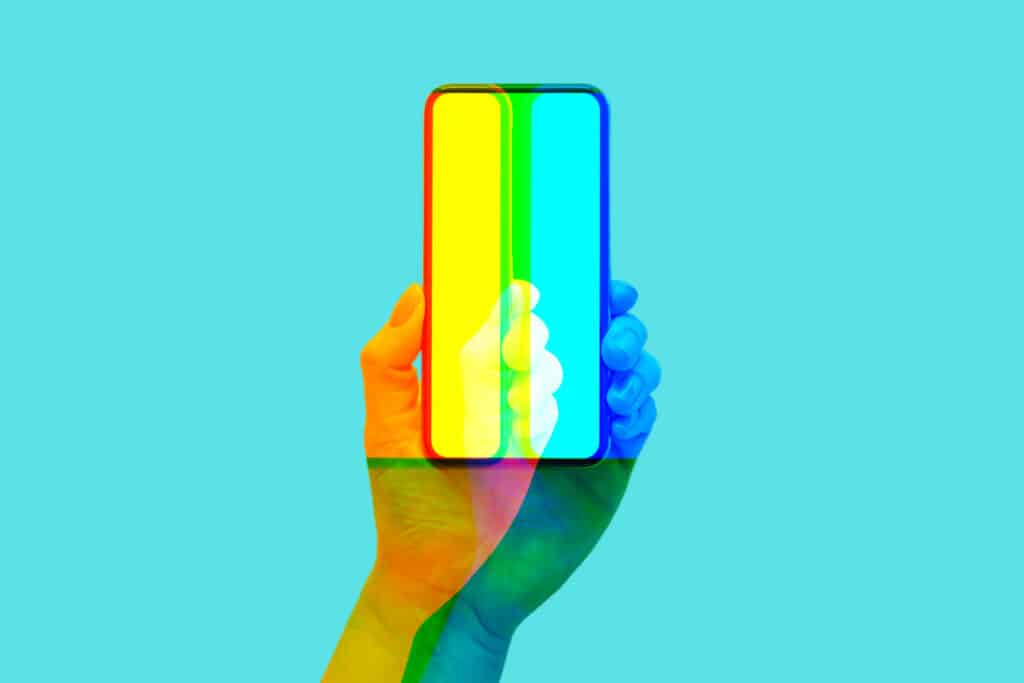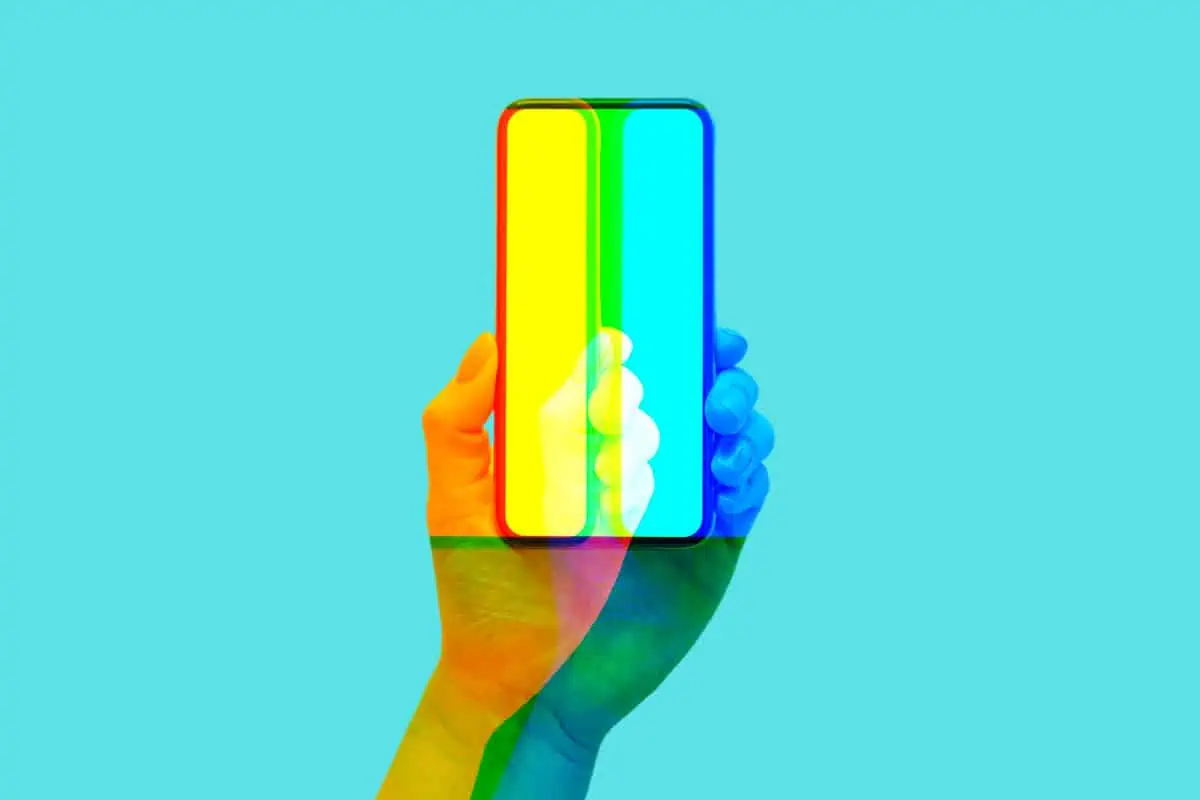The iPhone 13 is a great phone. It has a solid camera, decent battery life, and awesome software. But the iPhone 13 charging speed is painfully slow – but there’s a reason for this…
Key Takeaways: iPhone 13 Charging Speeds
- Marketing vs Reality: While high charging speeds (like 120W) are impressive for marketing, they have practical benefits, especially for quick top-ups in short durations.
- Battery Health Concerns: Charging a phone too rapidly can degrade its battery over time. Faster charging speeds can lead to faster battery degradation.
- Brands’ Approach: Notably, brands pushing ultra-fast charging are often those whose phones may not last beyond 18 months. Major players like Apple and Samsung are cautious about adopting such technology.
- Battery Charging Phases: Batteries typically charge in three phases. Fast charging primarily uses the constant current state, which is why it’s often recommended for short durations.
- Heat Issues: Rapid charging generates heat, which is detrimental to lithium-ion batteries. This can shorten the phone’s lifespan.
- Apple’s Approach: Apple’s slower charging approach might be more beneficial for battery longevity. This method ensures the battery remains healthy for a longer duration.
- Battery Replacement: Since most phone batteries aren’t user-replaceable, maintaining battery health is crucial. A degraded battery can render a phone useless, leading to costly repairs or replacements.
- Longevity Focus: Apple designs its products for longevity, with many users keeping their iPhones for several years. Ultra-fast charging could compromise this long-term usability.
- Future Improvements: The upcoming iPhone 15 is expected to have enhanced charging capabilities, but Apple will likely prioritize battery health in its approach.
I bought an iPhone 13 earlier this year. The phone I was using before it, a RealMe GT Pro, had Fast Charge and it would go from dead to 100% inside 30 minutes or so, thanks to its rapid 65W charging capabilities. I admit, I kind of took this for granted but as soon as I switched to my iPhone 13 my days of taking fast charge for granted were over.
Apple’s iPhone 13, meanwhile, ambles along at 20W which, given the fact that some companies are now going 120W charging, is pretty underwhelming. Numbers can be misleading though; in order to paint a better picture, look at it this way: if my iPhone 13 battery is dead, it takes 90 minutes to charge it back up to 100% again. With my RealMe GT, it’d take just over 30 minutes.
Faster is better, right? I thought so. I’d gotten used to my phone going from 40% to 100% in the time I takes to drink a cup of tea. But once I started looking into things in a bit more detail, I started to realize that perhaps there was a method to Apple’s madness. Turns out, Apple isn’t just being a Luddite about charging speeds – it has a good reason for capping its iPhones’ charging speeds low.
Why Your iPhone 13 Charges So Slowly…
Boasting charging speeds of 120W is great; it looks good on marketing material and it is great when you need to quickly top up your phone, like when you’re about to leave work and go out for a drink but you realize your phone is about to die. In these types of situations, Fast Charging comes into its own. But there are some downsides to rapidly charging your phone.

As it turns out, pushing your phone’s battery to charge faster and faster isn’t actually very good for your phone’s battery. In fact, the faster you recharge your battery, the faster the battery itself degrades. Perhaps this is why the ONLY phone brands that are doing ultra-fast charging are Chinese brands that make phones which turn into bricks after 12 to 18 months of usage? It would also explain why both Apple and Samsung are hesitant about the technology.
Is Fast Charging is Bad For Your Phone?
With the rise of electric cars, plenty of research has been done on battery performance, longevity, and how to get more energy into a cell in the least amount of time. The research is interesting and progress is being made but there are some red flags that phone users need to be aware of – the most obvious one relates to heat.
Phone batteries charge in three phases: 1) a “trickle charge”, 2) a constant current state where voltage increases over time, and 3) a final constant voltage state where the current is slowly reduced to prevent overcharging and damage to the battery cell. Fast charging phones ONLY use the constant current state which is why most of the phone brands ask you to ONLY use it for 30 minutes.
Pumping more and more energy into a lithium-ion battery at faster and faster rates creates heat. Heat is bad for lithium-ion batteries, it degrades them quicker, and this, in turn, shortens the life of your phone itself. It’s a bit like doing steroids if you go to the gym a lot. You’ll look great for a bit, dropping body fat and building muscle but eventually you’ll have to pay the piper. And that’s when your kidneys pack in.
Do Slower Charging Phones Last Longer?

For this reason, perhaps Apple’s approach to charging speeds is actually, dare I say it, more customer friendly? Charging at painfully slow speeds, as the iPhone does, means your battery is always charging in its ideal state, the way it was designed to charge. It doesn’t place any stress on it and this, in turn, means the battery will stay healthy and functional for longer.
iPhone 13 Resource Hub 📚
Here’s some of our most helpful content related to the iPhone 13. If you’re looking to buy one, the in-depth guides and reviews below should help:
After all, the battery in your phone is not removable – not by you, always. This means, that in order for the phone to remain functional, the battery has to remain in an optimal state for as long as possible. If the battery breaks, the phone breaks. You then have to either A) get a new battery fitted by a phone repair service, or B) buy another phone. Neither is ideal, to be honest.
With Apple and the way it does things, it knows that most of its users hold onto their iPhones for anywhere from five to eight years at a time. It is not in the business of making throwaway products like Xiaomi or RealMe or POCO. With ultra-fast charging, this kind of longevity wouldn’t be possible – the battery would die way before the phone’s other internal components stopped working correctly.
The iPhone will get better (and faster) at charging – of that, there is no doubt. The iPhone 15 is supposed to be getting a big update in this context later this year. But it will be done in a way that isn’t completely ridiculous, a way that ensures the iPhone 15 will still retain its battery health over the long term, unlike RealMe and Xiaomi’s approach which is all about NOW and pays no attention to what happens LATER.
It’s stuff like this that, inadvertently, made me switch back to iPhone. I just got sick of my Android phones breaking or not getting updates. I like things like Fast Charge, it is a very useful feature, but I had no idea that it was potentially doing damage to my phone’s battery.
And I’d leave my phone charging ALL NIGHT on these fast charges. I guess the moral of the story here is simple: when it comes to phone charging speeds, slow and steady really does win the race.


